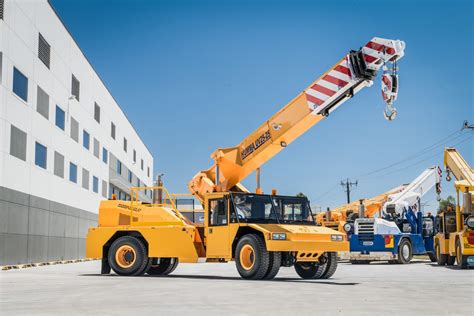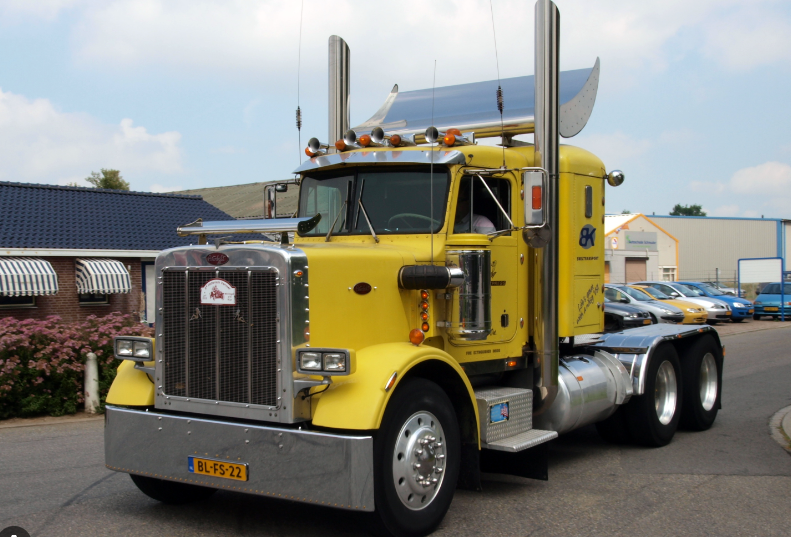Transporting cattle is a crucial part of the beef industry. It is vital to know the number of animals that can fit into a semi-trailer to ensure that proper transport practices are in place. The capacity of semi-trailers varies from one manufacturer to another, which makes it difficult to determine how many cattle can be transported. This article explores how many cattle fit in a standard semi-trailer.
Semi-trailer Specifications
The size and type of semi-trailer can significantly influence the number of cattle it can transport. The most commonly used semi-trailers are 53 feet long and 102 inches wide. The height range varies, but trailers with a height of 13.5 feet can accommodate up to 42,000 pounds. The trailers are designed to have a double-deck, and the upper deck provides more space for additional cattle. The trailer can have different loading configurations, including nose-to-tail, which maximizes the space.
Cattle Weight and Size
The weight and size of the cattle directly affect the number of animals that can fit into a semi-trailer. The average weight of a cow is around 1200 pounds, and the maximum size is 6.5 feet tall and 10 feet long. A single semi-trailer can transport 40-50 cows, depending on their weight and size. The lighter the cows, the more animals can fit into the trailer.
Regulations on Cattle Transportation
The Federal Motor Carrier Safety Administration (FMCSA) has regulations in place that ensure the animals are transported safely and humanely. The regulations require that the animals have adequate space to stand, lie down, and move around. The animals should not touch the roof of the trailer, and they must be provided with enough feed and water. The trucks must be well ventilated to minimize heat stress and provide adequate airflow. Inspections are carried out to ensure that the trucks meet the requirements. Failure to comply with the regulations can lead to fines and penalties.
Conclusion
The number of cattle that can fit in a semi-trailer depends on various factors such as the size of the trailer, the weight and size of the cattle, and the loading configuration. However, ensuring that the animals are transported safely and humanely is more important than the number of cattle that can be transported. The regulations on cattle transportation are in place to ensure that the animals are not subjected to stress or discomfort during the transportation process.
"











